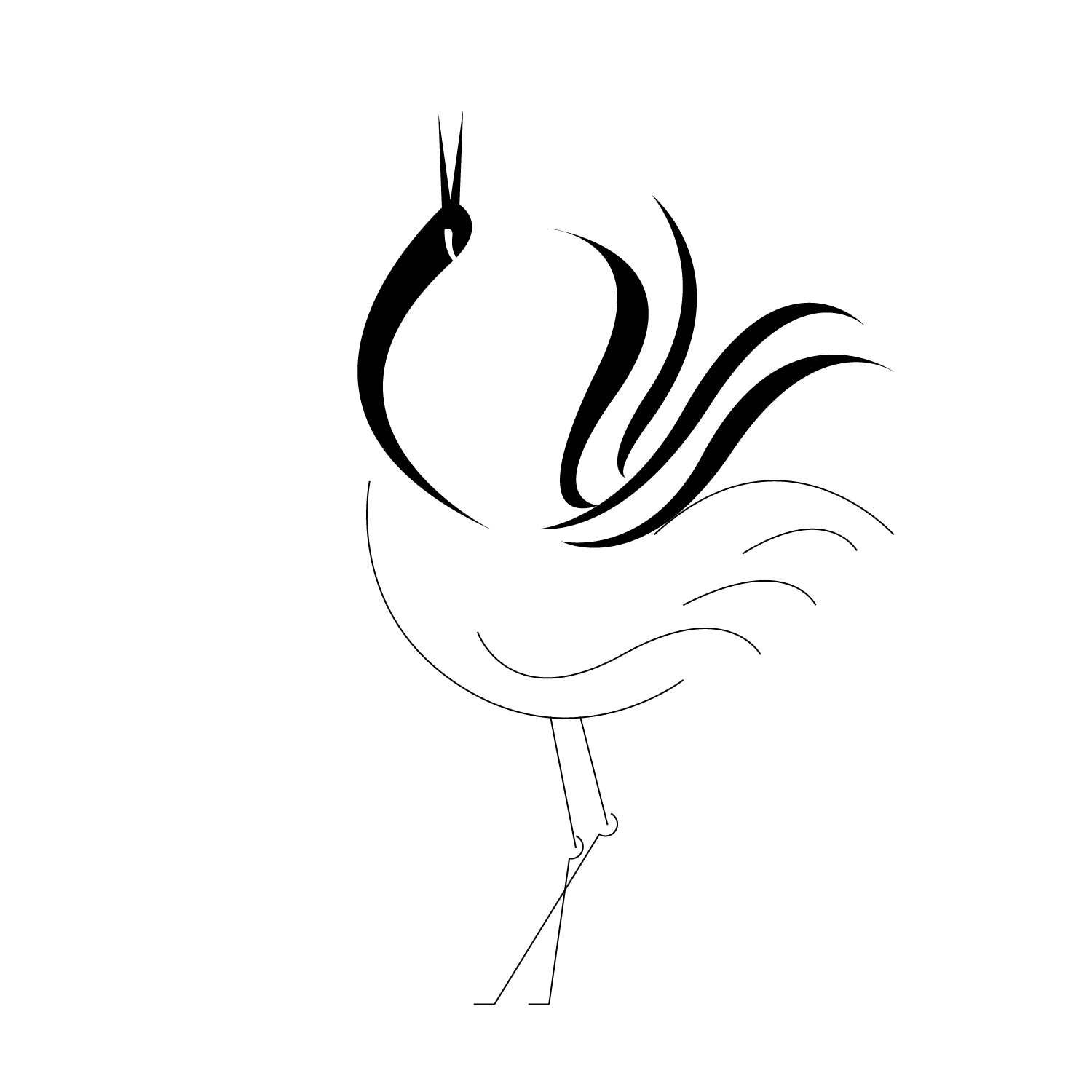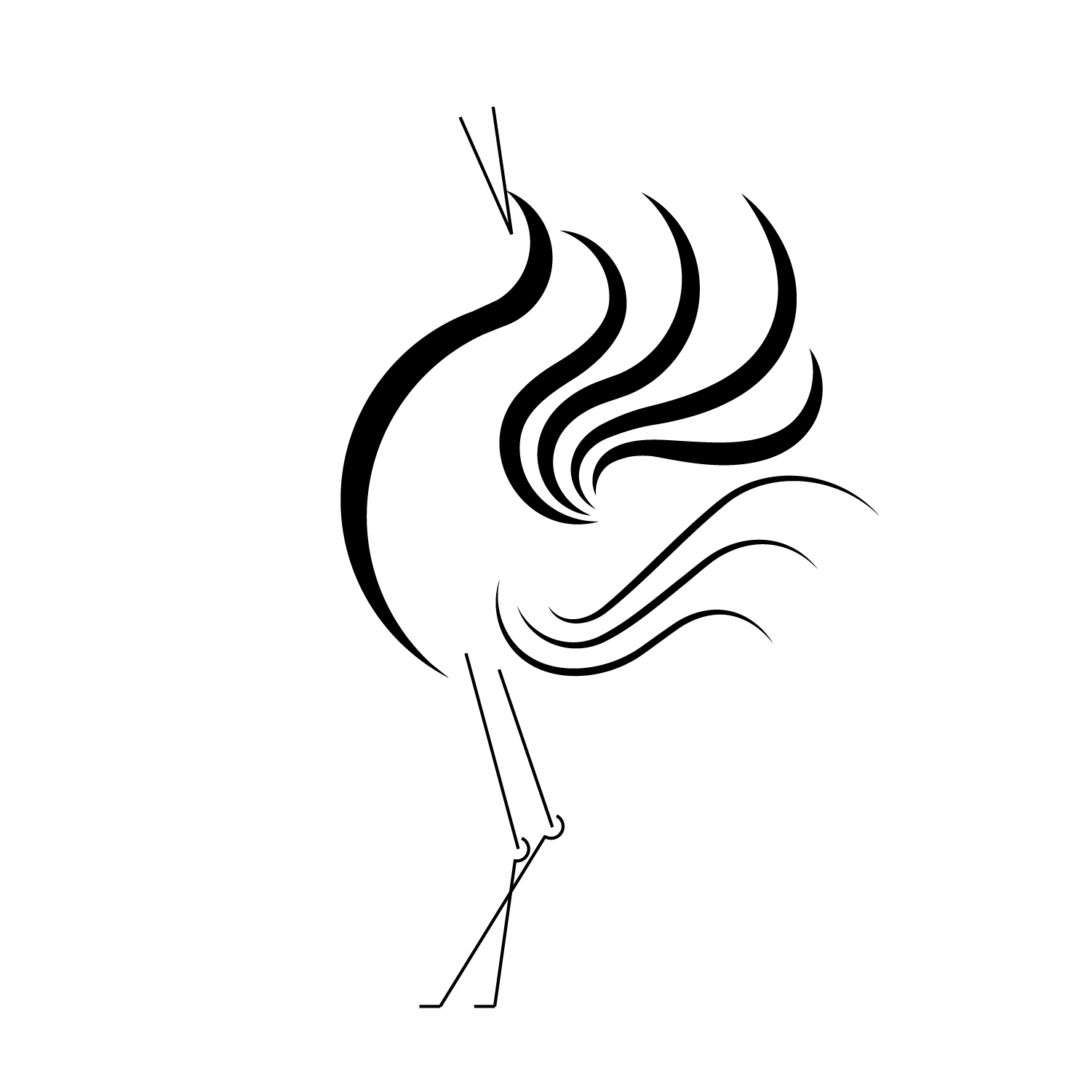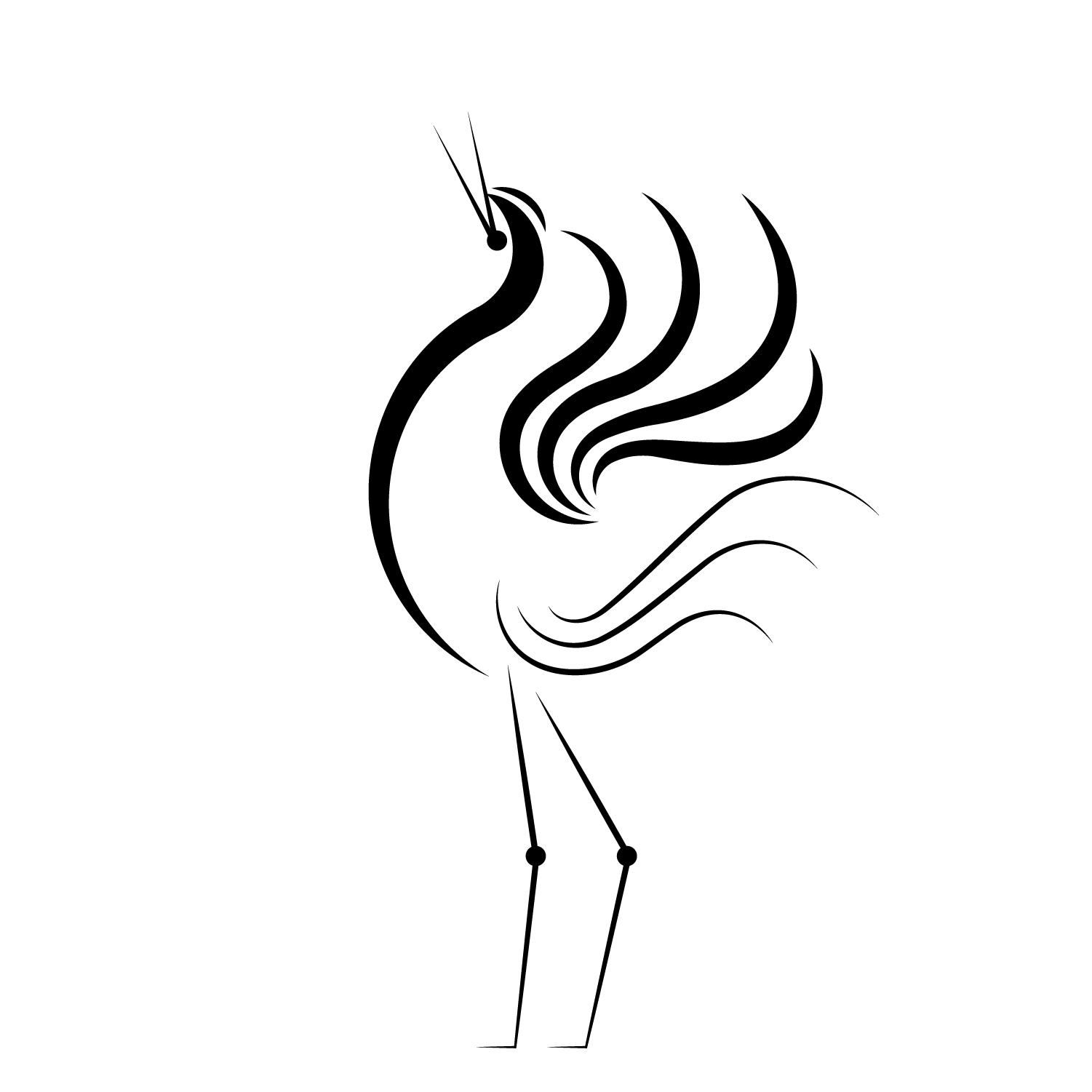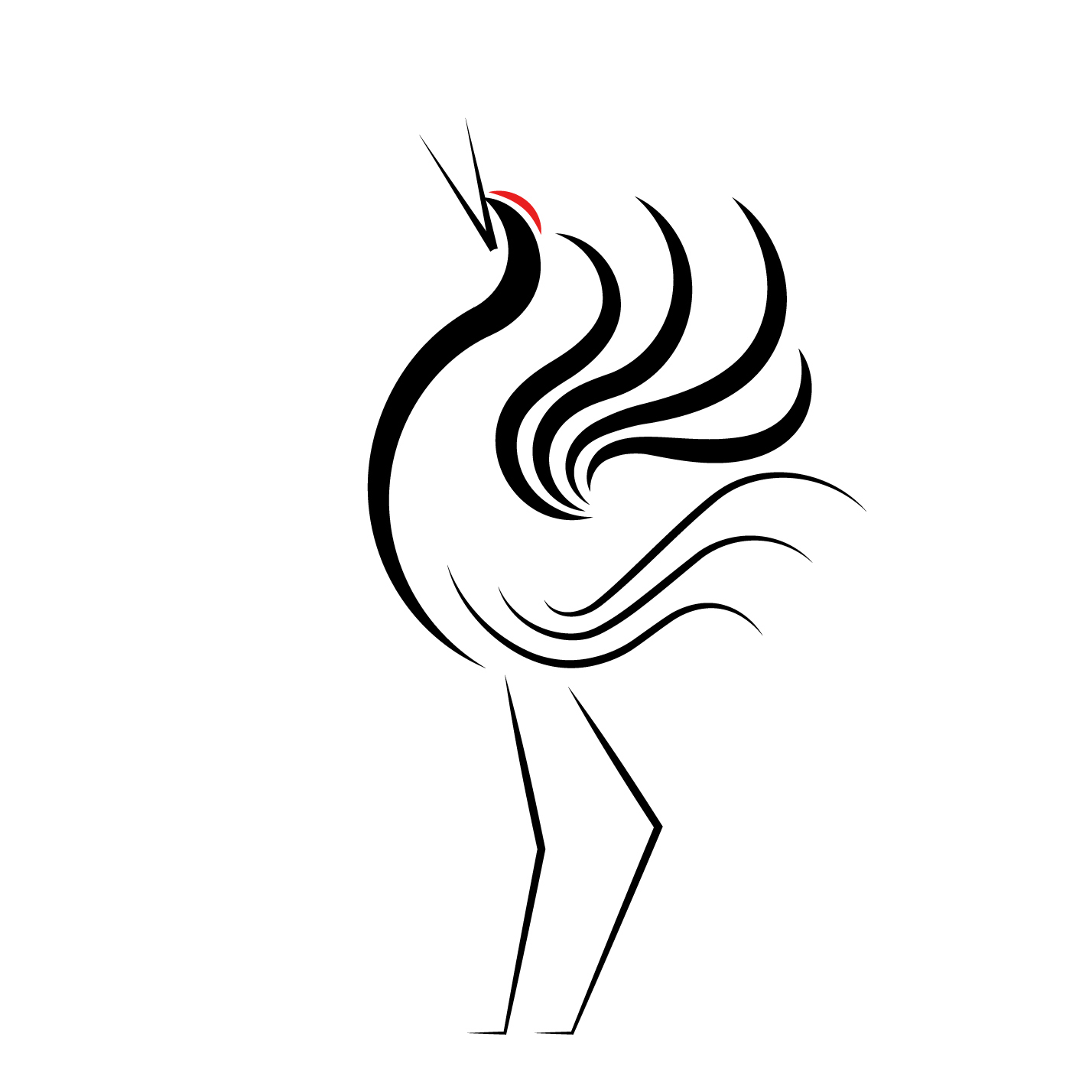
Red-Crowned Crane Icon
DESIGN DRAWING
Through geometric interpretation and analysis, this first-semester project requires translating an organic animal form to a geometric interpretation.
Using the fundamental elements of design and Gestalt Principles of Perception, I aimed to capture the essence of a red-crowned crane in its unique physical, behavioral, and personality traits.
Using the fundamental elements of design and Gestalt Principles of Perception, I aimed to capture the essence of a red-crowned crane in its unique physical, behavioral, and personality traits.

Symbolism of the red-crowned crane
Sources: San Diego Zoo, The Met Museum

Images by Murray Foote, TurboSquid, and The Met Museum
Hand-sketched explorations
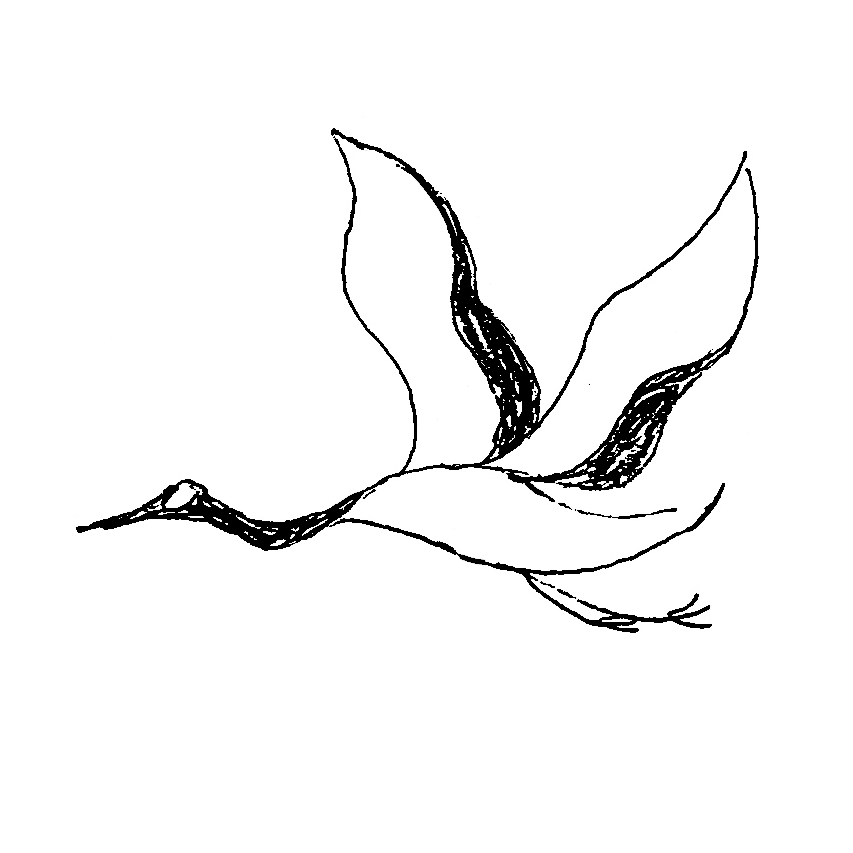
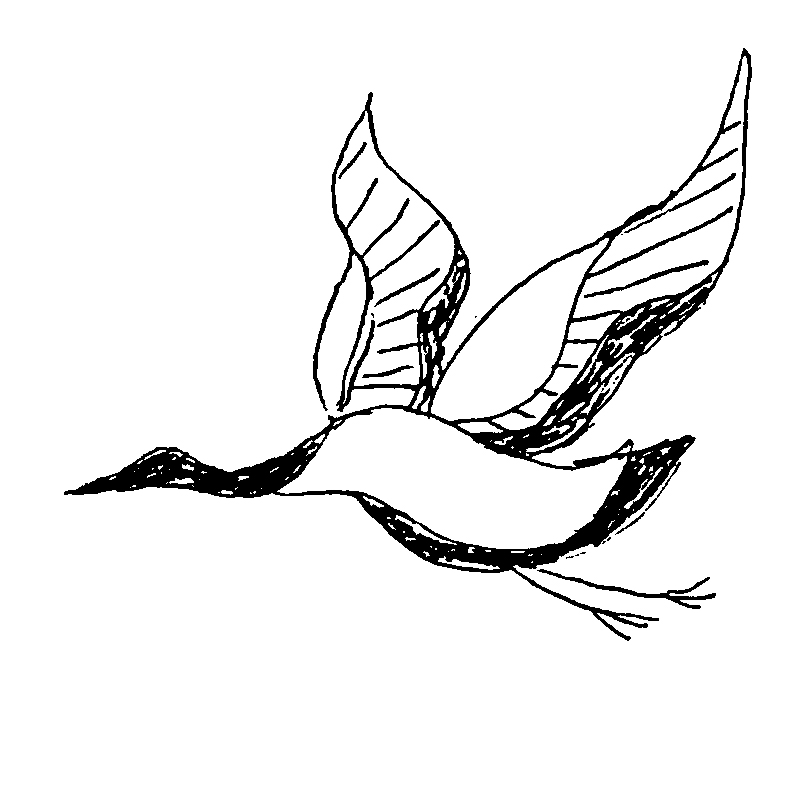
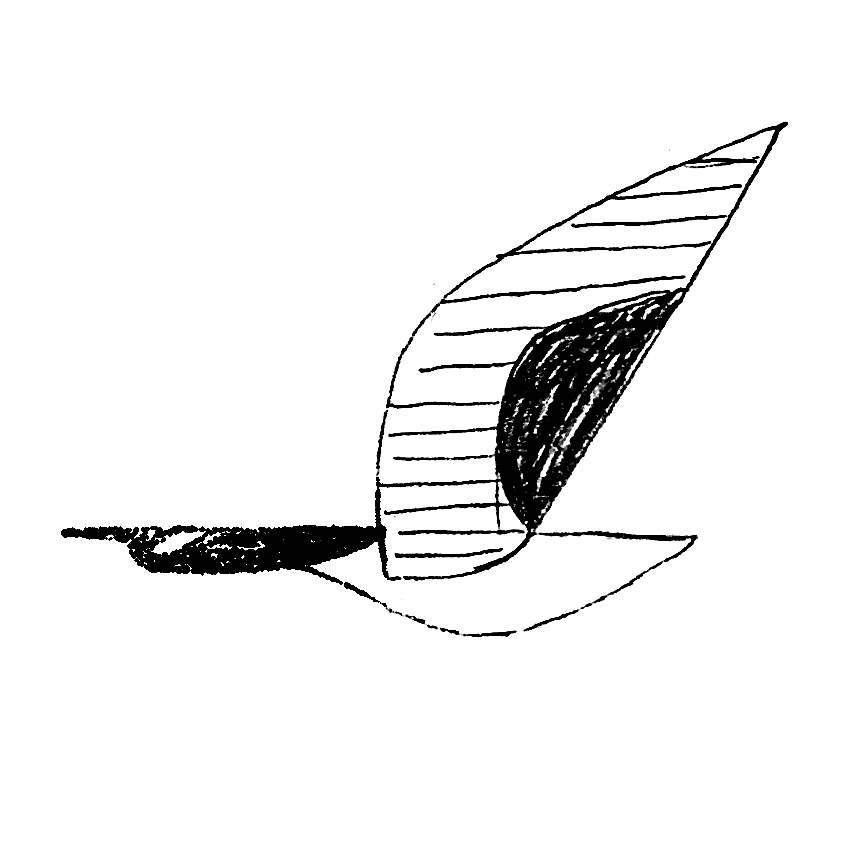
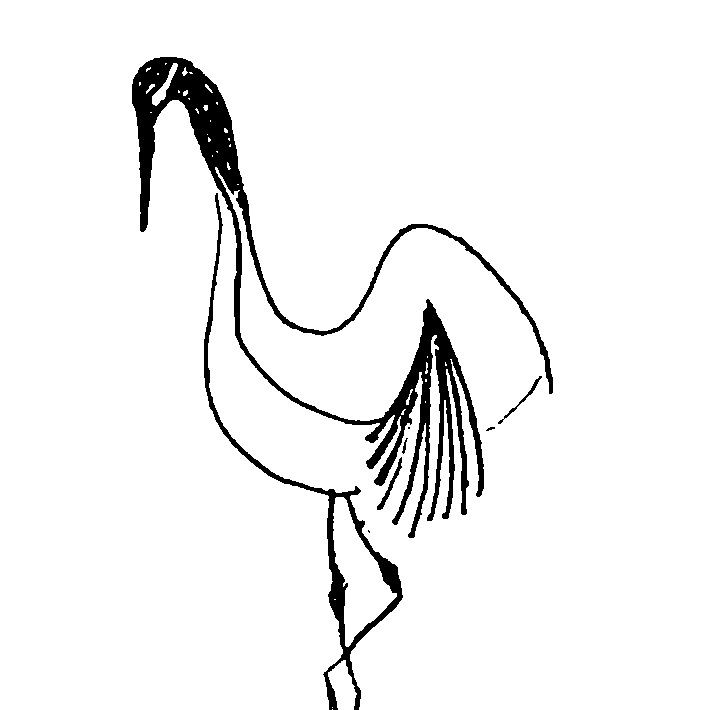
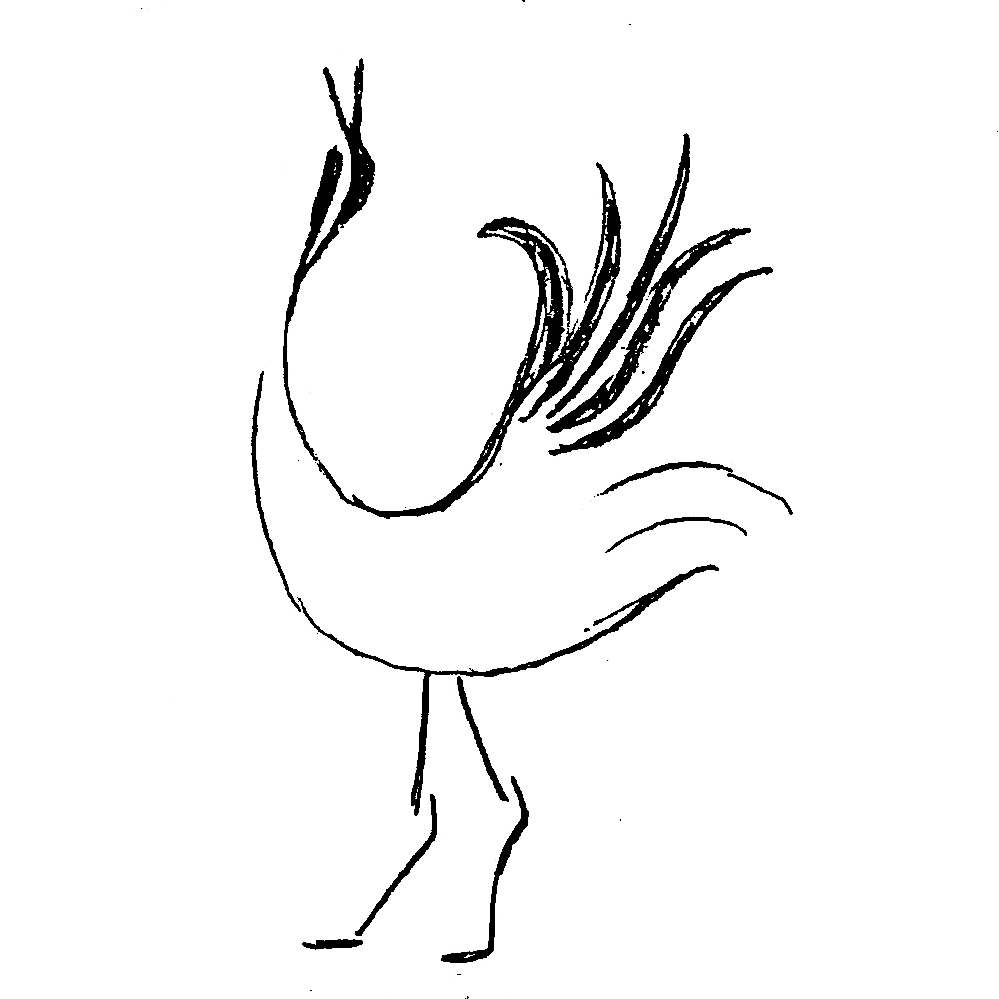
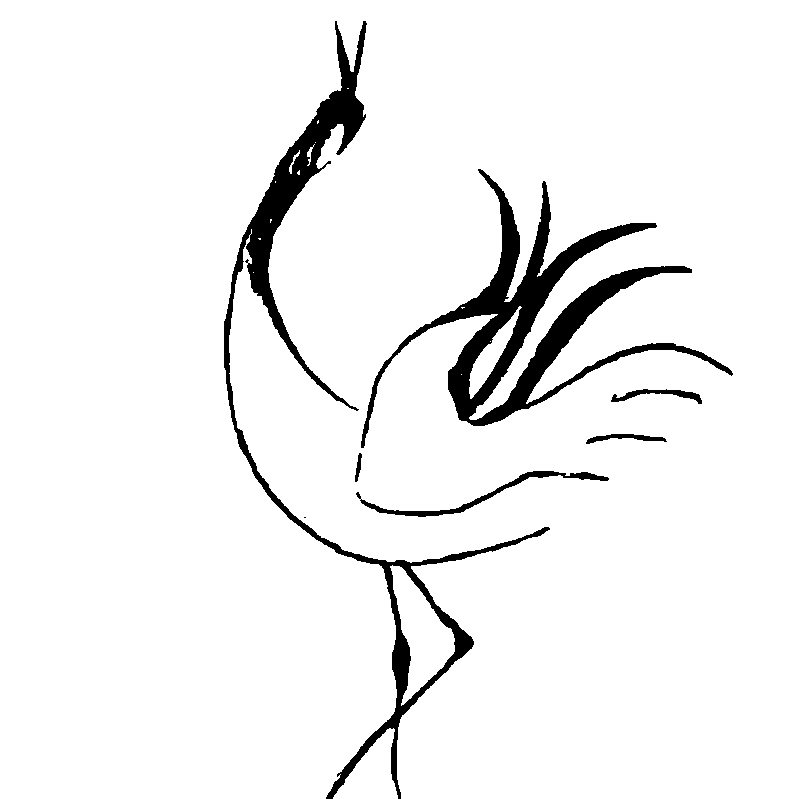
Geometric structure and similarity of form

Process explorations
